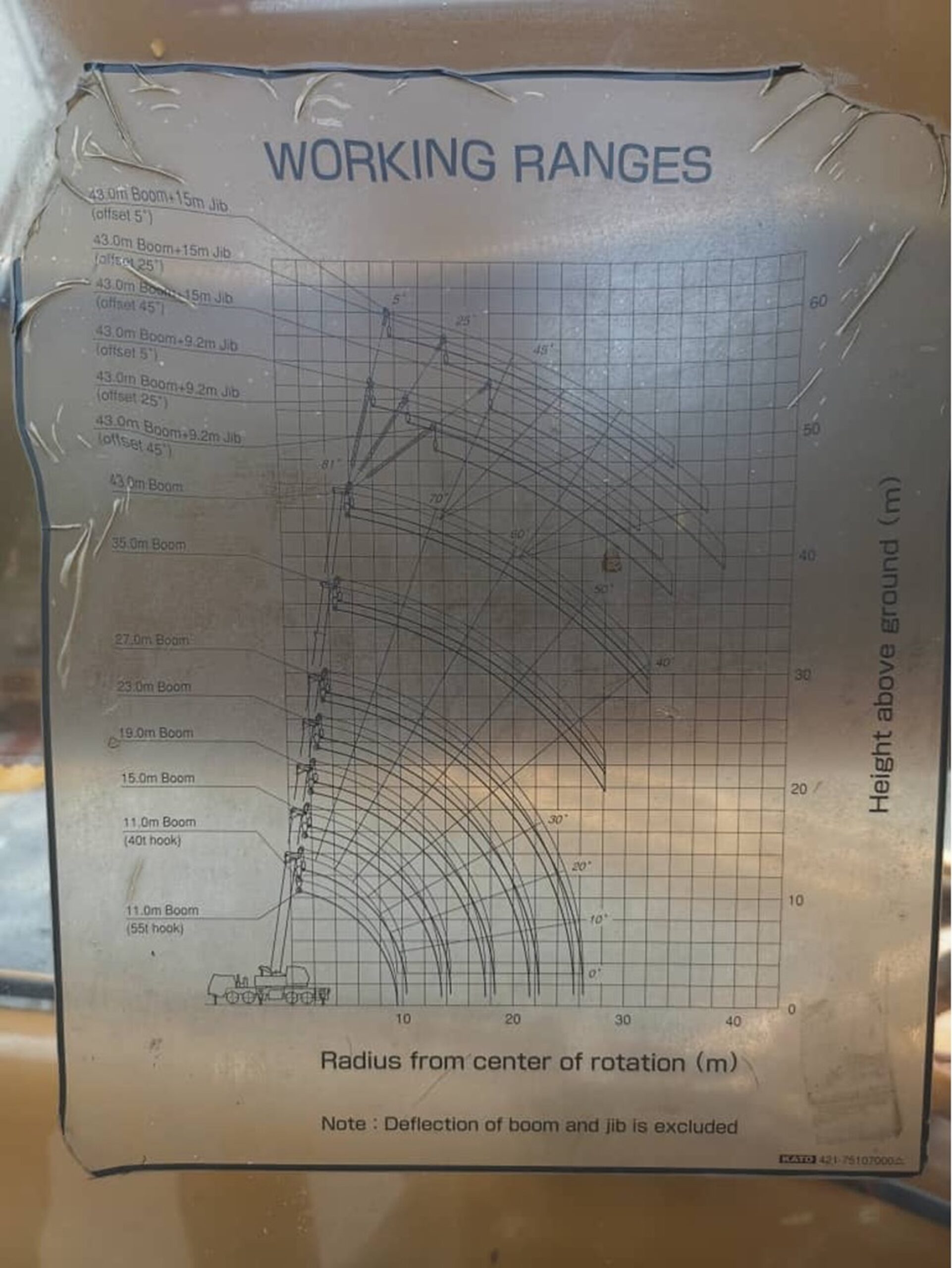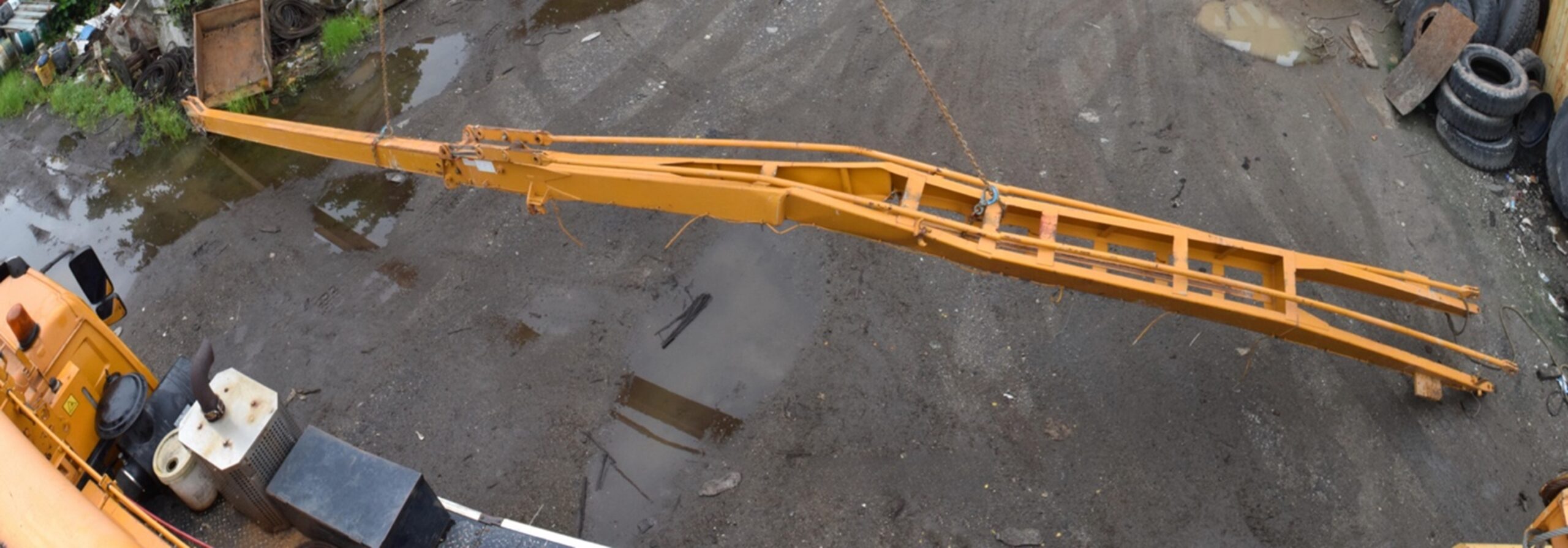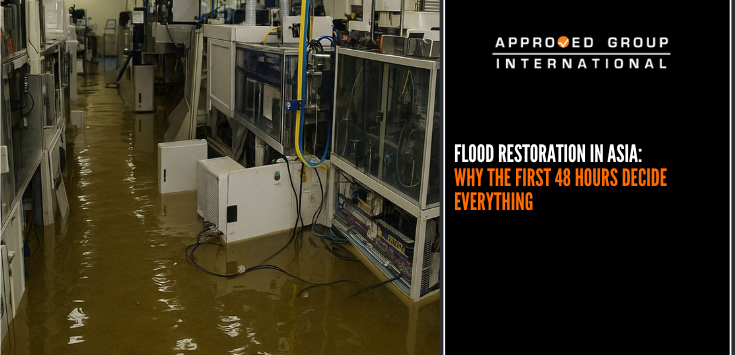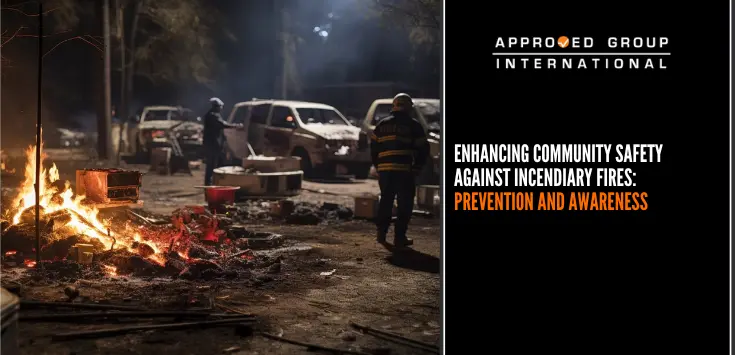In the world of construction, mobile cranes are the workhorses that make architectural marvels possible. One such machine, a mobile crane known for its robustness and impressive load capacity, became the subject of a forensic engineering investigation by Approved Group International. Let’s delve into the details of this intriguing case, providing insights that reinsurers, insurers, loss adjusters, and brokers will find valuable.
The luffing type mobile crane with a fly jib extension, was a key player at a bustling construction site. With a capacity of 55 tons, it was designed to handle heavy loads with ease. However, this reliable machine experienced an unexpected failure that brought the site to a standstill.
The task at hand for the mobile crane on the day of the incident was the lifting and positioning of an I-Beam. Weighing around 700 kilograms, the I-Beam was well within the mobile crane’s capacity. The team planned to lower the beam at a distance of 20 meters, with the crane’s boom and fly jib fully extended. According to the crane’s working radius and load chart, the crane’s load capacity during the operation was between 2.10 to 3.30 tons, far exceeding the weight of the I-Beam.

However, as the team began to align the I-Beam, they noticed something unusual. The lifting chain connected to the I-Beam was sagging, a sign that something was not right. Then, to their horror, they saw that the mobile crane’s fly jib was deformed.
The forensic engineering team from Approved Group International was called in to conduct a meticulous on-site investigation and examination. Their failure investigation revealed that the mobile crane had not been overloaded as the I-Beam’s weight was within limits. Instead, the failure was due to an obstruction or anchoring issue during the alignment process. The claimant had attempted to lift the I-Beam by about 50mm to align it, but this action had inadvertently caused an “overload” condition.

This incident served as a stark reminder of the importance of careful operation and thorough understanding of machinery limits. Despite the mobile crane’s impressive specifications, it was not immune to failure under certain conditions. The incident underscored the need for rigorous safety protocols, regular maintenance, and a deep understanding of the machinery’s capabilities and limitations.
In the aftermath of the incident, the team was left with a damaged mobile crane and a halted construction project. But they also gained invaluable lessons about the importance of safety, the unpredictability of machinery, and the need for constant vigilance on the construction site.

This incident with the mobile crane is a tale of the unseen, a story of an unexpected failure that had profound implications. It serves as a reminder that even the most robust and reliable machinery can falter under certain conditions including negligence and incompetence. Safety and vigilance should never be compromised.
As a leading provider of forensic engineering and failure investigation services, Approved Group International is committed to uncovering the truth behind such incidents, helping to improve safety standards and prevent future failures.























